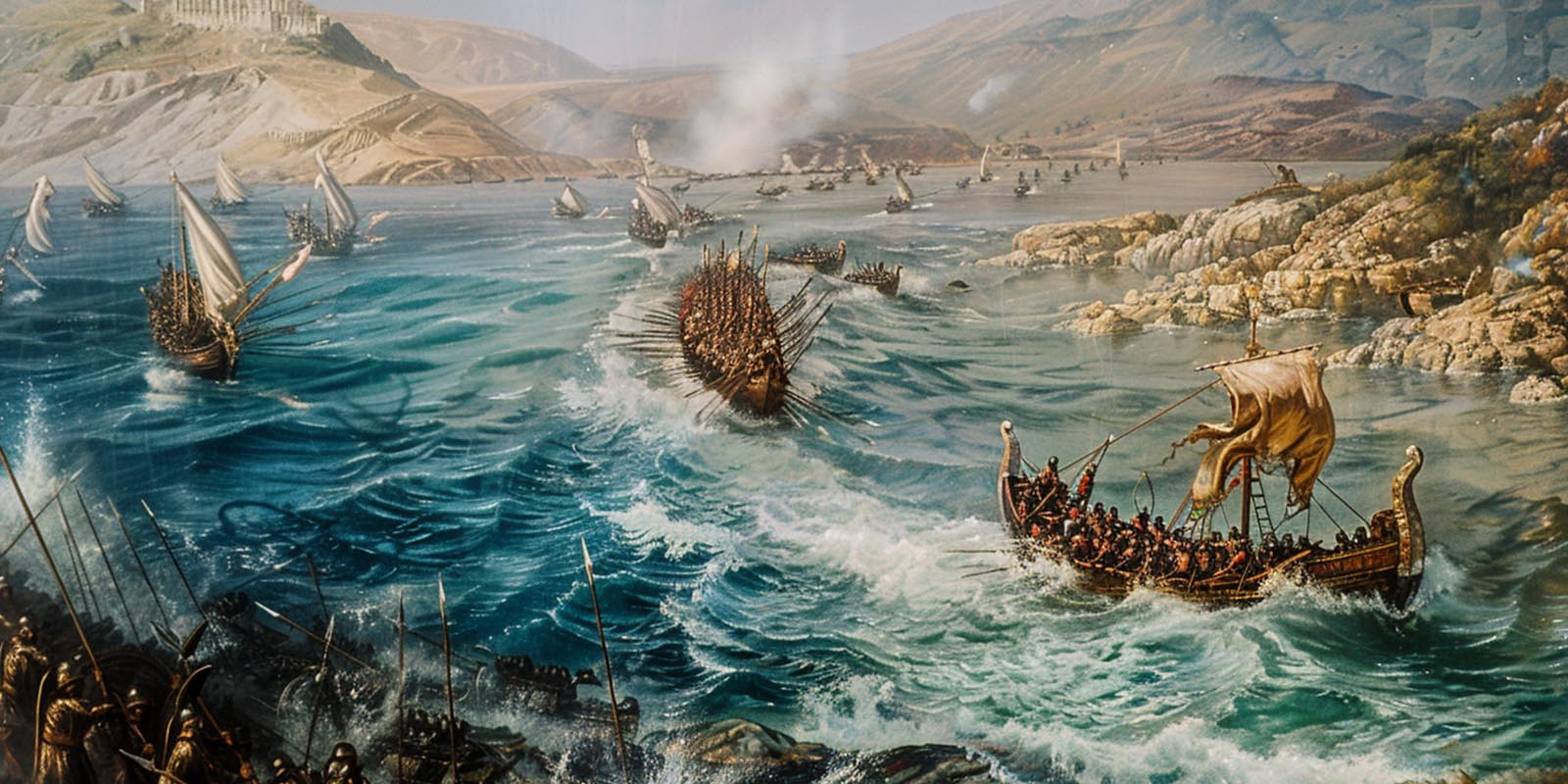

Ancient Greek architectural sculpture is a testament to the Greeks' ability to harmonize art and architecture. These sculptures, often integrated into temples and public buildings, not only served decorative purposes but also conveyed religious, mythological, and cultural themes.
Pediments: The triangular pediments at the ends of Greek temples were prime locations for sculptural decoration. These spaces were filled with dynamic compositions depicting scenes from mythology and religion. The East Pediment of the Parthenon, for example, illustrates the birth of Athena from the head of Zeus, while the West Pediment shows the contest between Athena and Poseidon for the patronage of Athens.
Friezes: Friezes were continuous bands of relief sculpture that ran along the upper sections of temple walls. The most famous example is the Parthenon frieze, which depicts the Panathenaic procession, a religious festival in honor of Athena. This 160-meter-long frieze showcases over 300 figures, including gods, humans, and animals, highlighting the importance of religious rituals in Greek society.
Metopes: Metopes are square panels that alternate with triglyphs in the Doric frieze. These panels often featured high-relief sculptures of mythological battles and heroic deeds. The metopes of the Parthenon, for instance, depict scenes such as the battle between the Lapiths and the Centaurs, symbolizing the triumph of order over chaos.
Caryatids and Atlantes: Caryatids are sculpted female figures serving as architectural supports, taking the place of columns or pillars. The most renowned example is the Caryatids of the Erechtheion on the Acropolis of Athens. Atlantes, their male counterparts, are less common but serve a similar function. These figures combine structural and aesthetic elements, demonstrating the Greeks' innovative approach to architectural design.
Materials and Techniques: Greek architectural sculptures were primarily made from marble, especially from quarries in Paros and Pentelikon. These sculptures were often painted in vivid colors, though most of the paint has worn away over time. The Greeks used advanced techniques such as high relief and in-the-round carving to create depth and realism, enhancing the visual impact of these sculptures.
Iconography: The iconography of Greek architectural sculpture often revolved around themes of mythology, heroism, and the divine. Scenes from the lives of gods and heroes were common, as were depictions of legendary battles and significant historical events. These images not only adorned buildings but also conveyed powerful messages about the values and beliefs of Greek society.
Religious and Cultural Significance: Architectural sculptures were integral to Greek temples, reinforcing their religious functions and enhancing their aesthetic appeal. They helped to communicate the stories and values of the gods to worshippers and served as a means of glorifying the divine. In public buildings, these sculptures reflected civic pride and the collective identity of the community.
Legacy and Influence: The legacy of ancient Greek architectural sculpture is profound, influencing Roman architecture and, through the Renaissance, shaping Western architectural traditions. The principles of harmony, proportion, and narrative clarity established by Greek sculptors continue to inform contemporary architectural design. Today, these sculptures are studied for their artistic merit and their contributions to our understanding of ancient Greek culture and religion.
Phidias was an ancient Greek sculptor, painter, and architect renowned for his extraordinary skills and contributions to classical art during the Golden Age of Athens.
More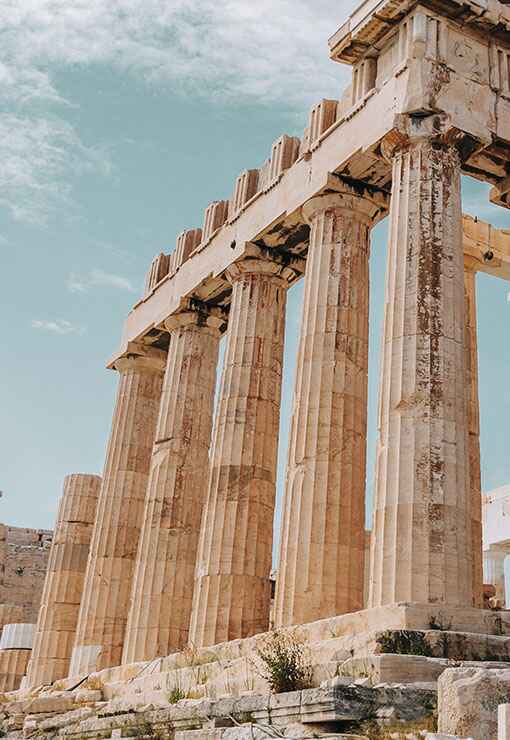
Ancient Greek art and architecture, with its harmonious proportions and timeless elegance, continue to inspire awe and admiration millennia later.
Discover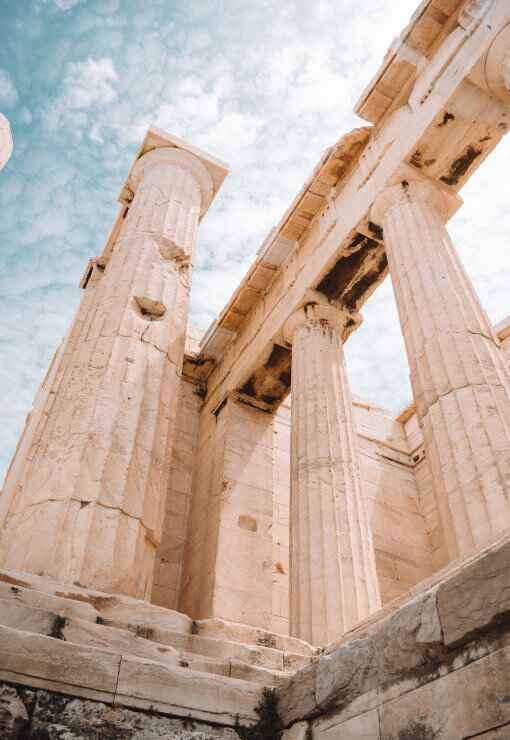
Greek mythology, a rich tapestry of gods, heroes, and mythical creatures, captivates the imagination with its tales of love, betrayal, and epic adventures that delve into the depths of the human psyche.
Discover
Ancient Greek history, marked by remarkable achievements in democracy, philosophy, and warfare, shaped the foundation of Western civilization, leaving an indelible legacy of innovation and cultural influence that continues to resonate to this day.
Discover
The ancient Greek Olympics, held in Olympia every four years, celebrated athleticism, unity, and cultural pride, serving as a testament to the enduring spirit of competition and excellence that transcends time and borders.
Discover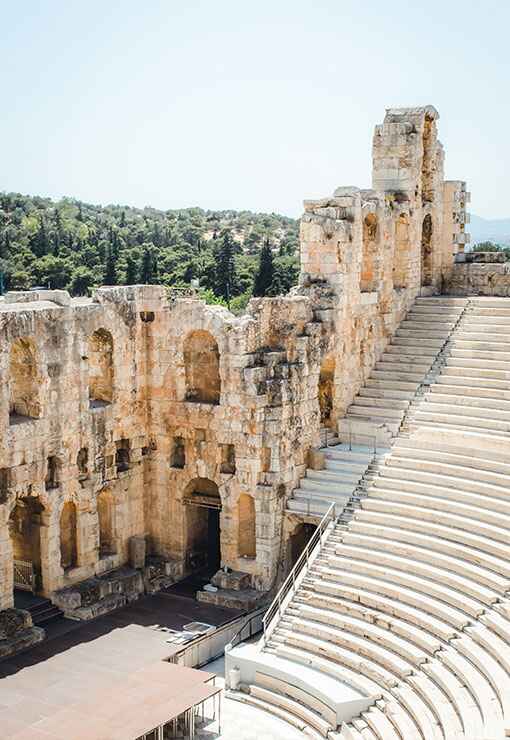
Ancient Greek wars, such as the Persian Wars and the Peloponnesian War, were pivotal conflicts that shaped the course of history, highlighting the struggle for power, independence, and the clash of civilizations in the ancient Mediterranean world.
Discover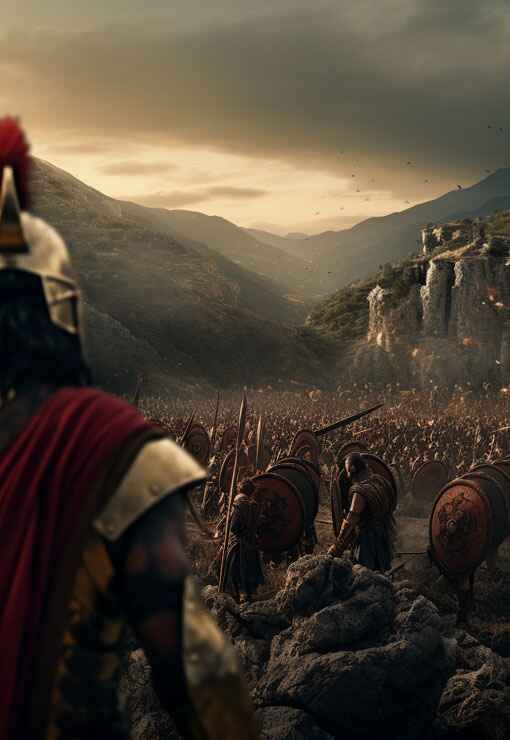
Ancient Greek culture and society, characterized by its emphasis on art, philosophy, and civic engagement, fostered a vibrant intellectual and social landscape where innovation flourished, democracy thrived, and the pursuit of knowledge and excellence was celebrated as fundamental values of civilized life.
Discover
Find out more about ancientgreece.com